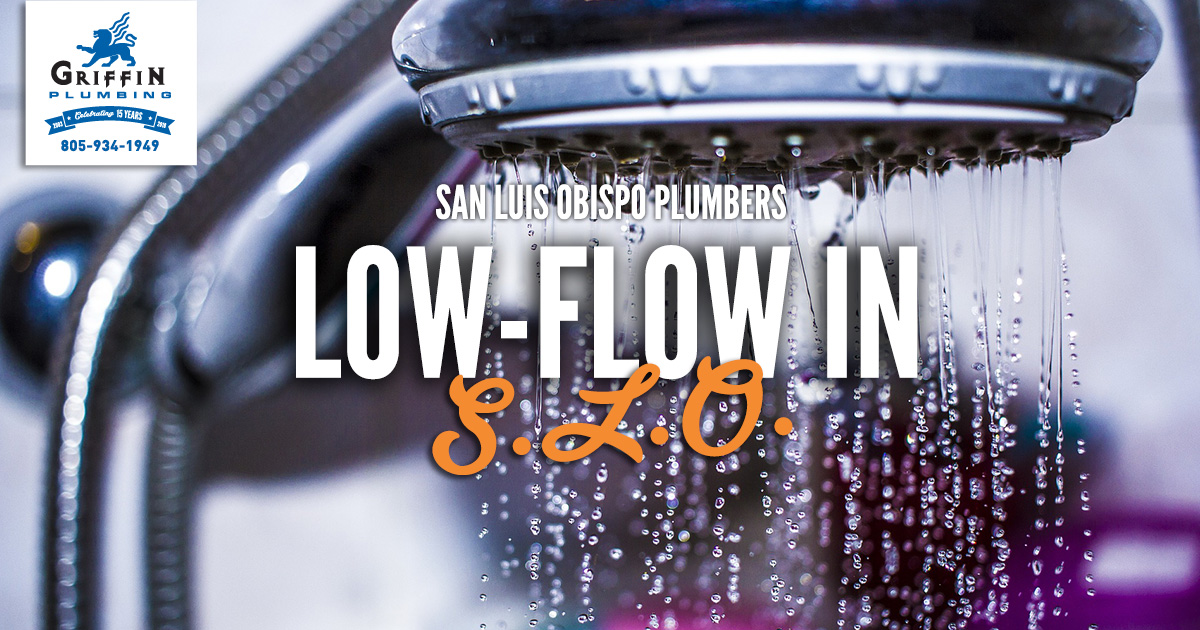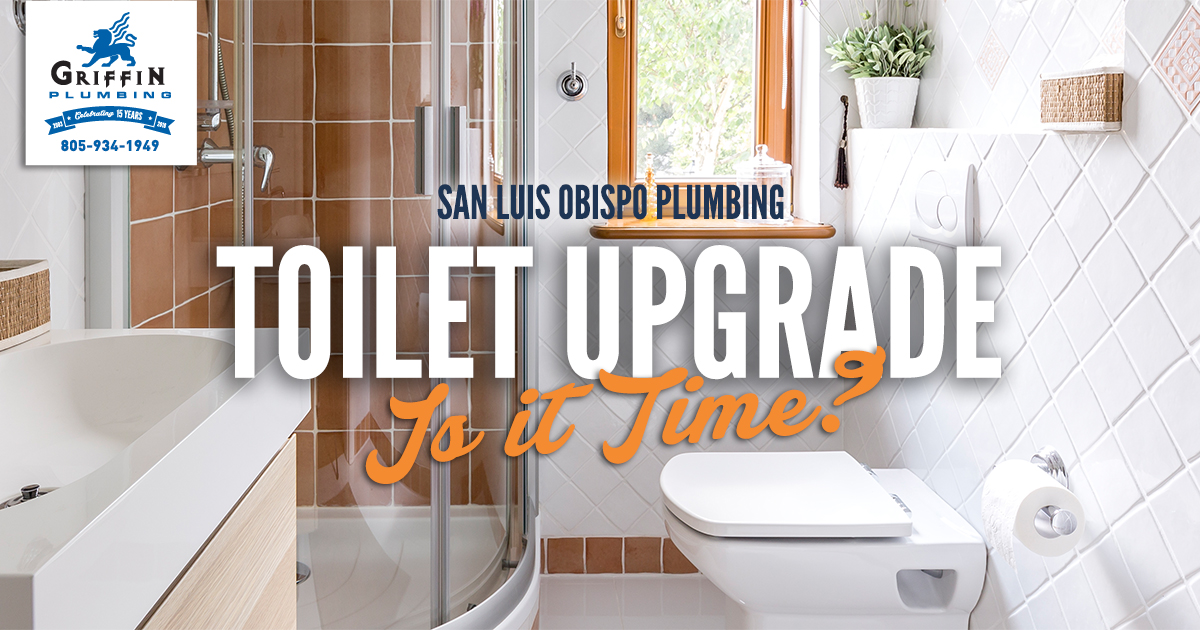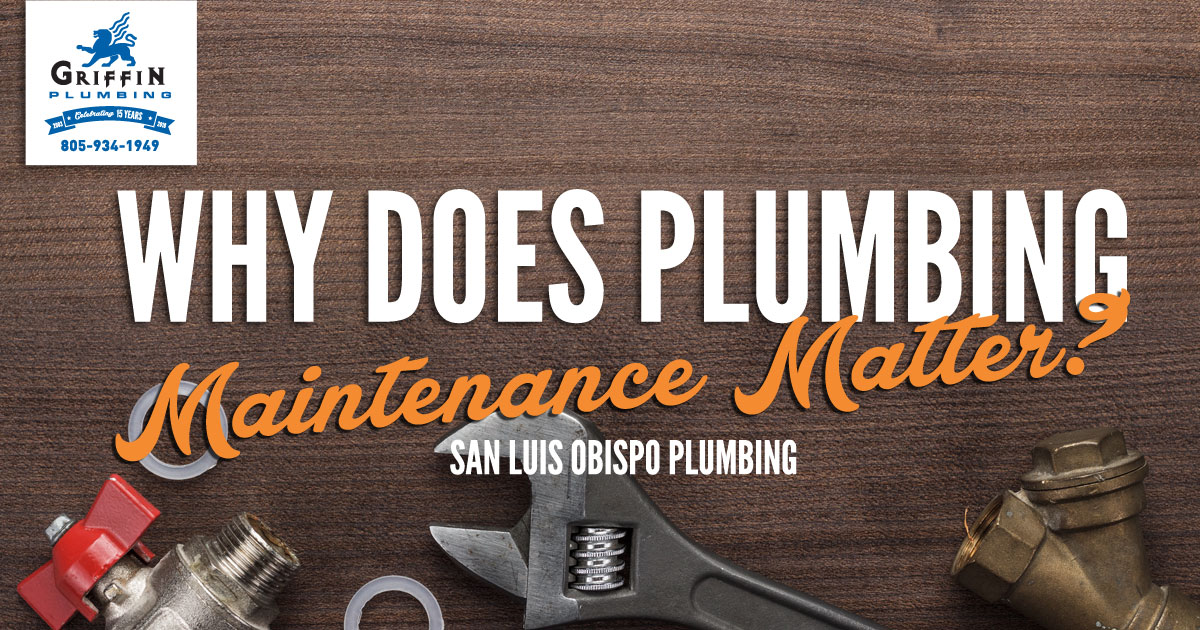Griffin’s San Luis Obispo plumbers know a thing or two about plungers. They’re pretty fascinating in fact! Here’s the lowdown on three of the most common plungers.
Toilet Plunger (Flange)
If you’re going to invest in a plunger, go with a flange for its versatility. A toilet plunger is similar to a sink plunger EXCEPT it has a flap that folds from the inside out. It’s pretty cool, actually. The flap creates super suction to clear stubborn clogs. A toilet plunger has the flexibility to adjust to any drain shape and may be used on all kinds of drains.
Sink Plunger (Cup Plunger)
When you think of a plunger, the shape of a classic sink plunger is most likely what comes to mind. The cup shape works kitchen and bathroom sinks, and could even be utilized in the bathtub. Sink plungers require flat surfaces to work effectively and it’s important to note that you CAN’T use them on toilets because the cup can’t create an airtight seal over the toilet drain to create suction.
Accordion Plunger
Accordion plungers are hardcore. This type of plunger is designed specifically for clearing tough toilet clogs. They can create quite a bit of force but are notoriously tricky to use. If you own one, know that it must be totally submerged in water to work effectively.
Plunger Tips
1. Plunge Straight
Plunge straight up and down at a vertical angle to make the most of your plunger.
2. Create Suction
You can create suction (and a stronger seal) by slowly pressing down to get air out of the cup.
3. Submerge Plunger (all the way)
Ensure your plunger is submerged with water. You can add water to the area if there isn’t enough to cover the cup.
4. Be Safe
Do not use toxic cleaning chemicals. They’re unsafe. If you plunge after using them, the backsplash can harm your bathroom, and more importantly your skin. Please use caution.
If a plunger won’t fix your clog, be sure to call in Griffin’s San Luis Obispo plumbing experts at (805) 751-7206 or schedule an appointment online.








































